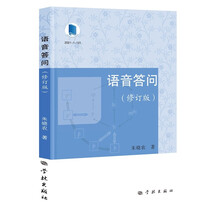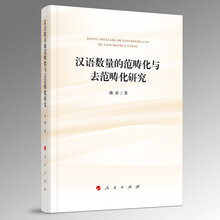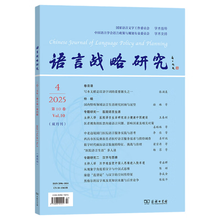And its central notion of "Mental Space" integrates diverse models proposed in discourse studies such as Johnson-Lairds Mental Model (1983), Werths Text World (1999), Dinsmores Partitioned Mental Representation (1991), Emmotts Contextual Framing (1997) and van Dijks Situation Model (1983). Unifying them into mental space configuration, Fauconnier provides illuminating account for many language phenomena by demystifying the mental operations in the process of discourse production and comprehension. Acknowleged as a big step to bridge the gap between cognitive linguistics and discourse analysis, Mental Space Theory is justifiably expected to provide insightful account for a discourse-based cognitive analysis over discourse perspective representation in the context of a given discourse type, for instance, in SOC fiction.<br> ……
展开










